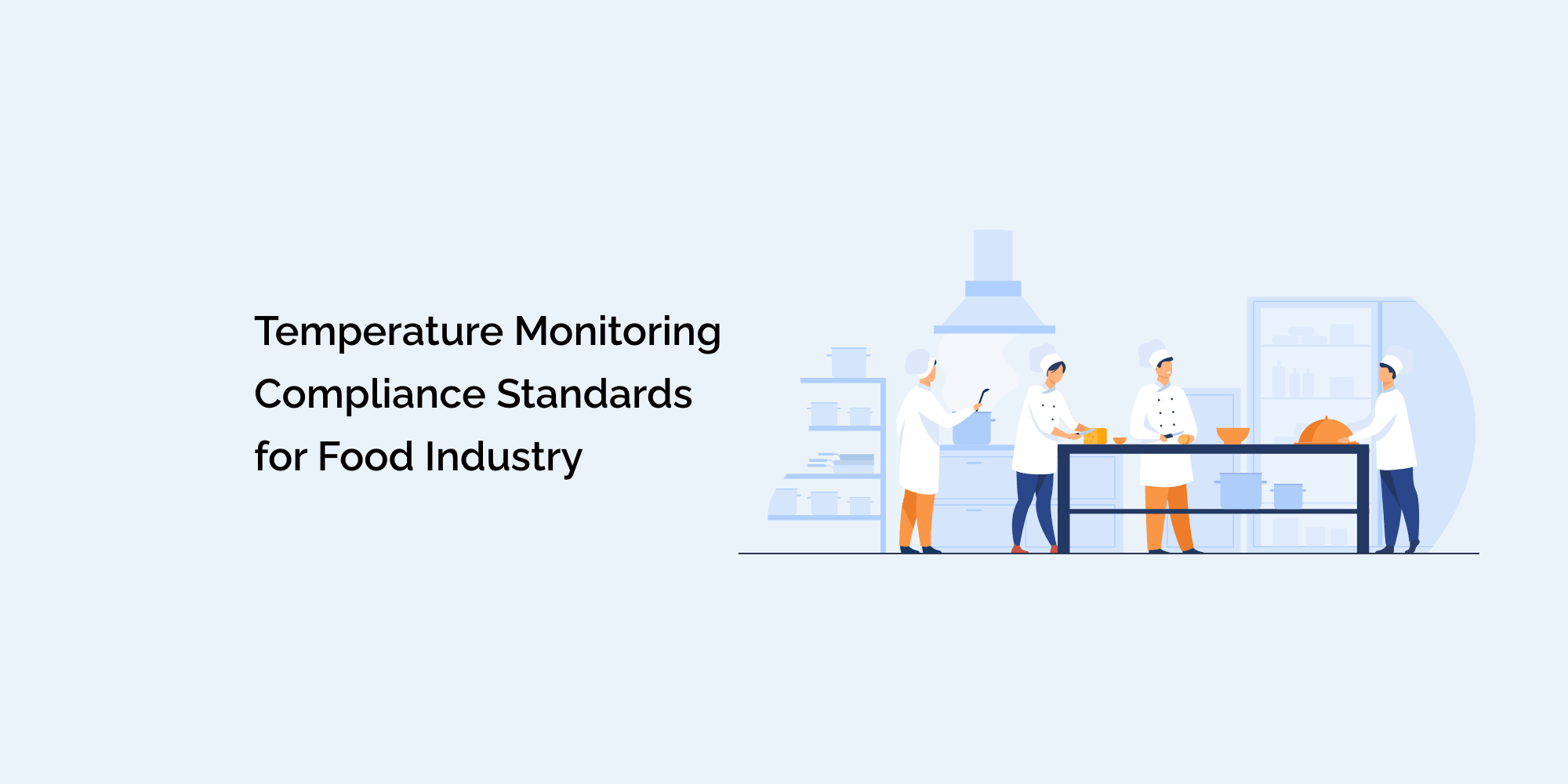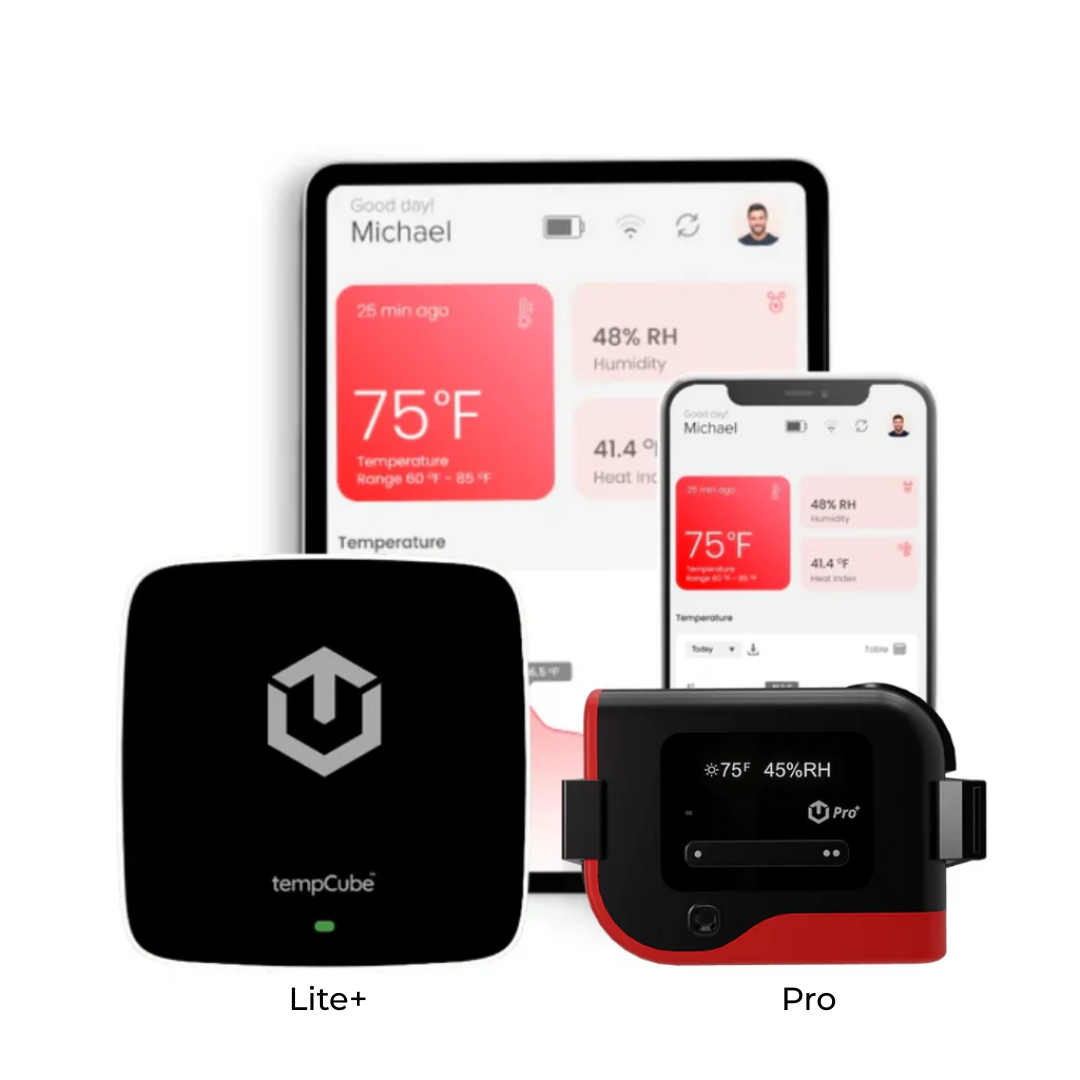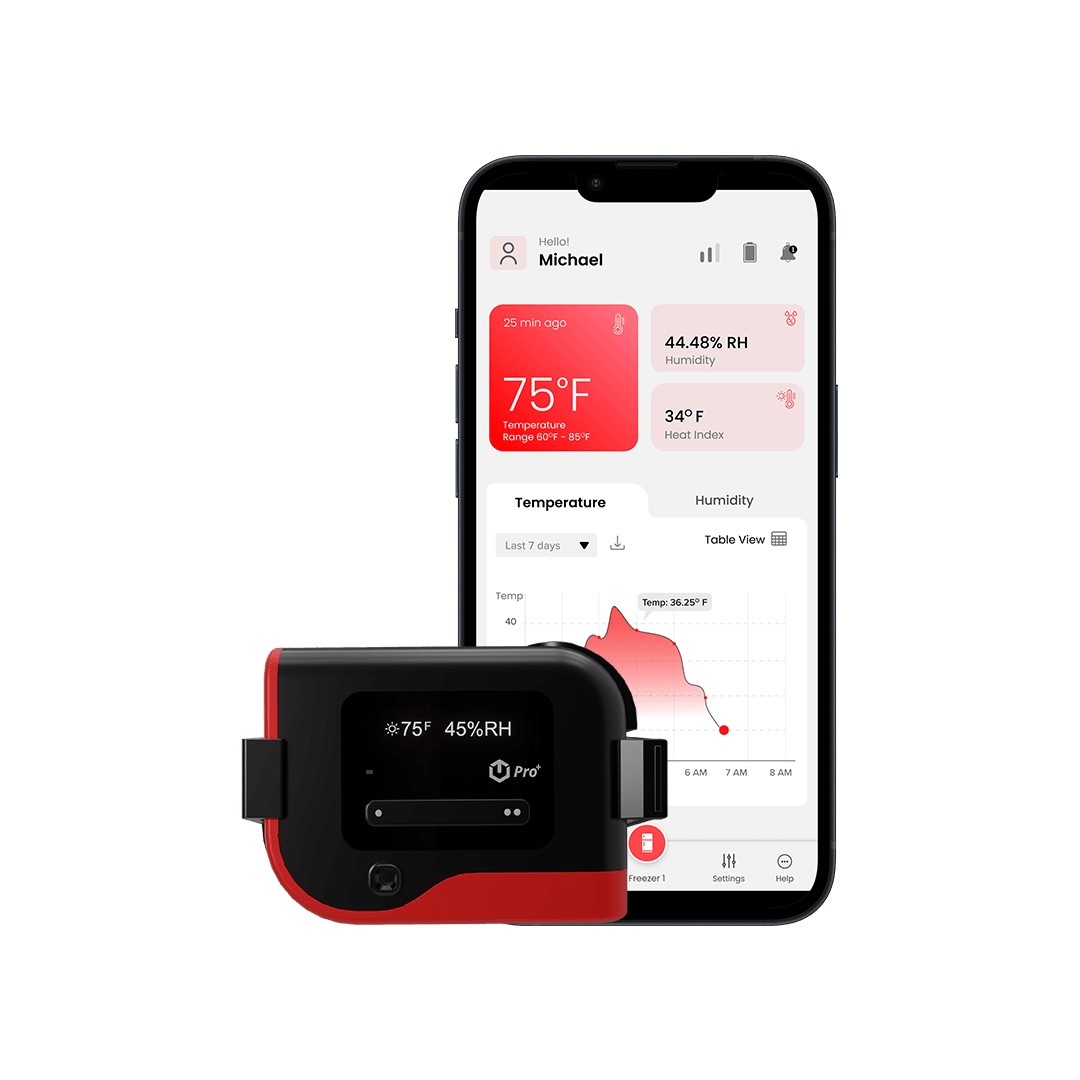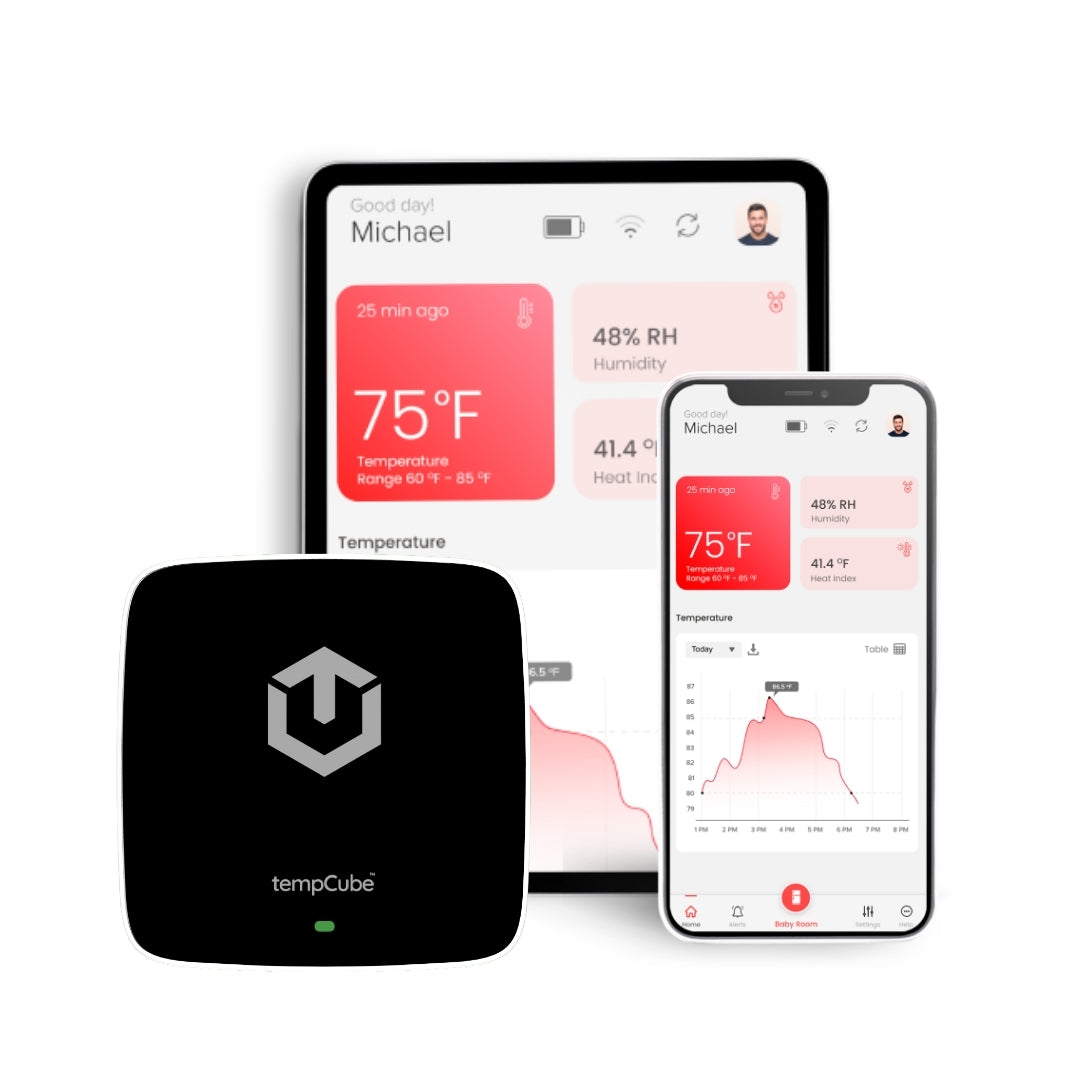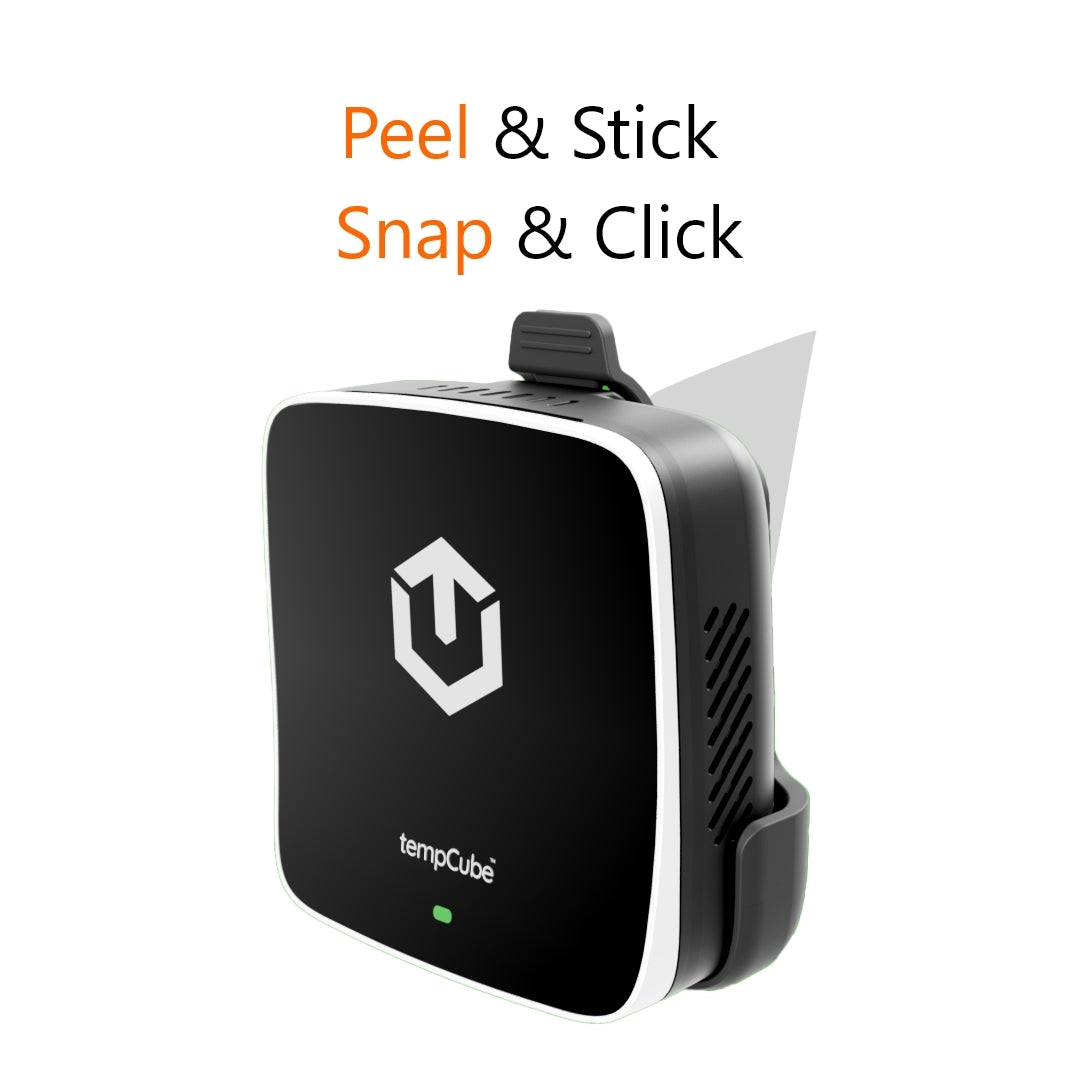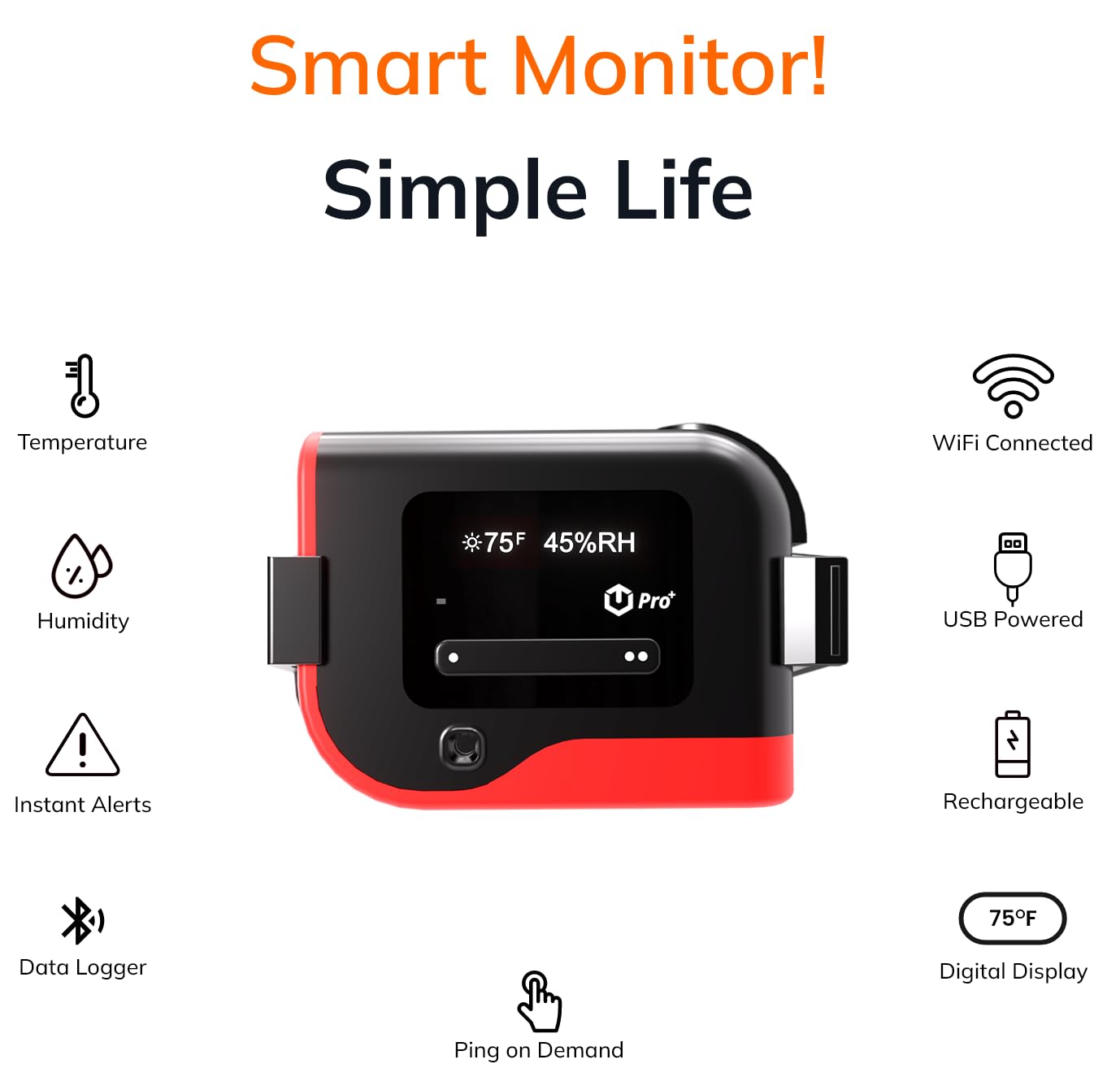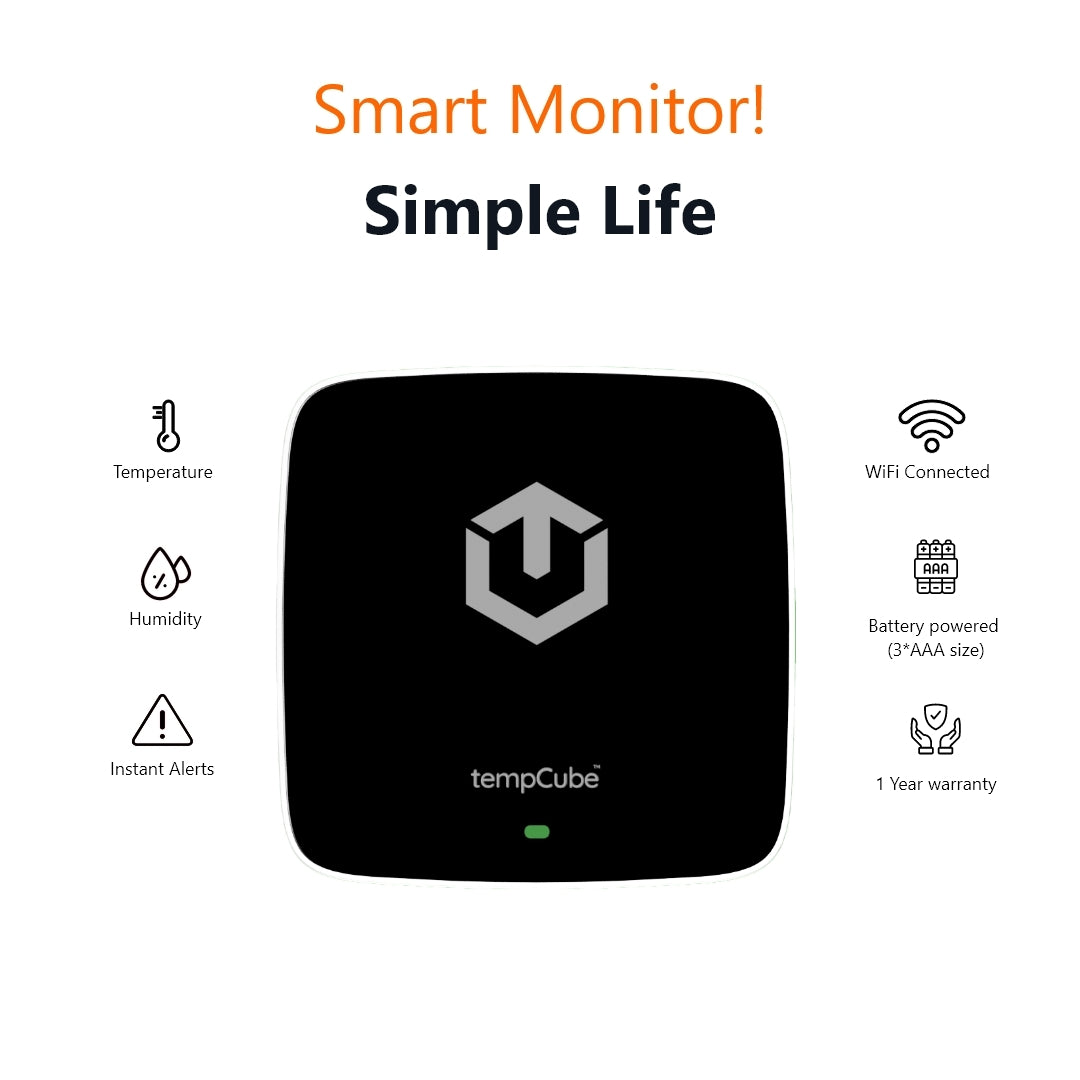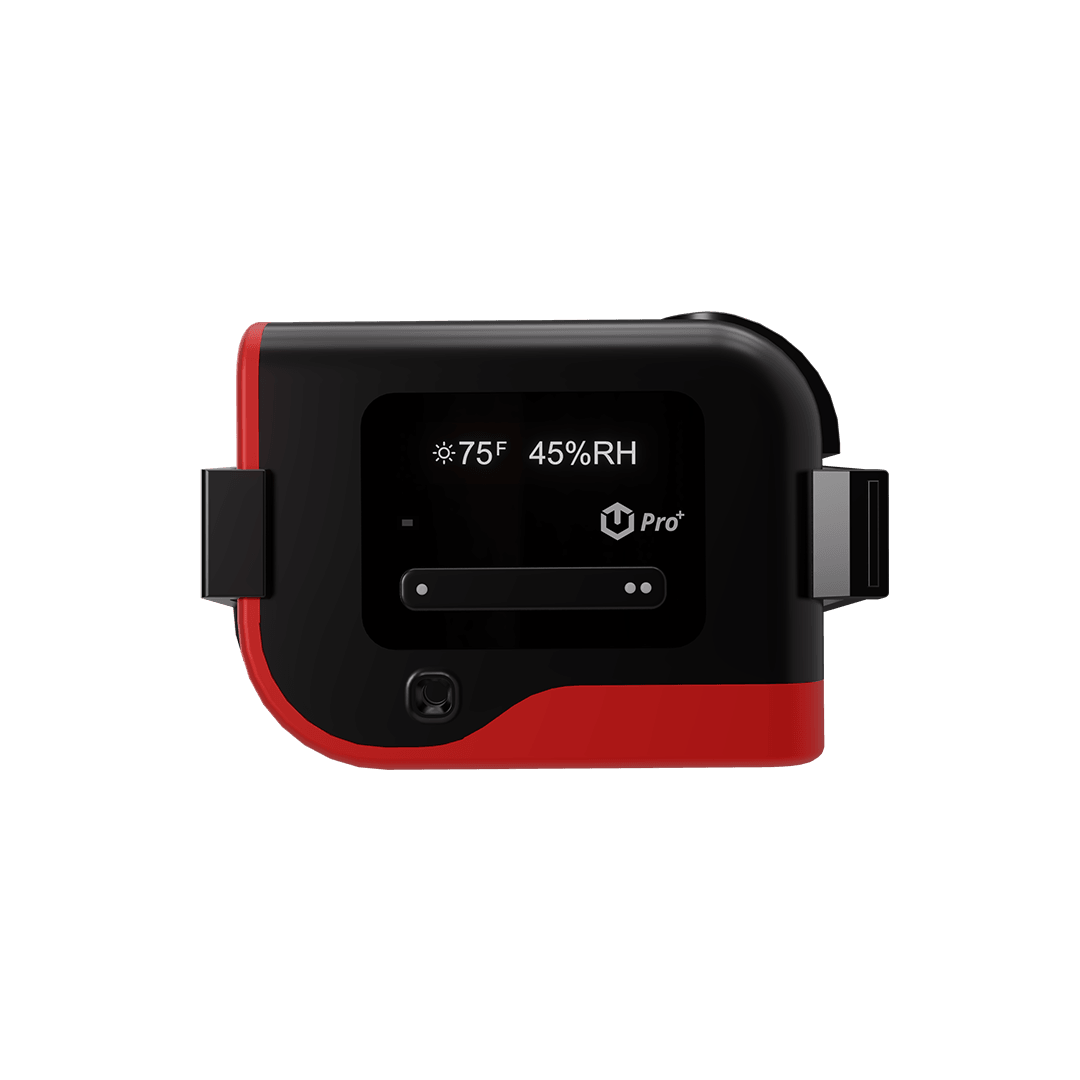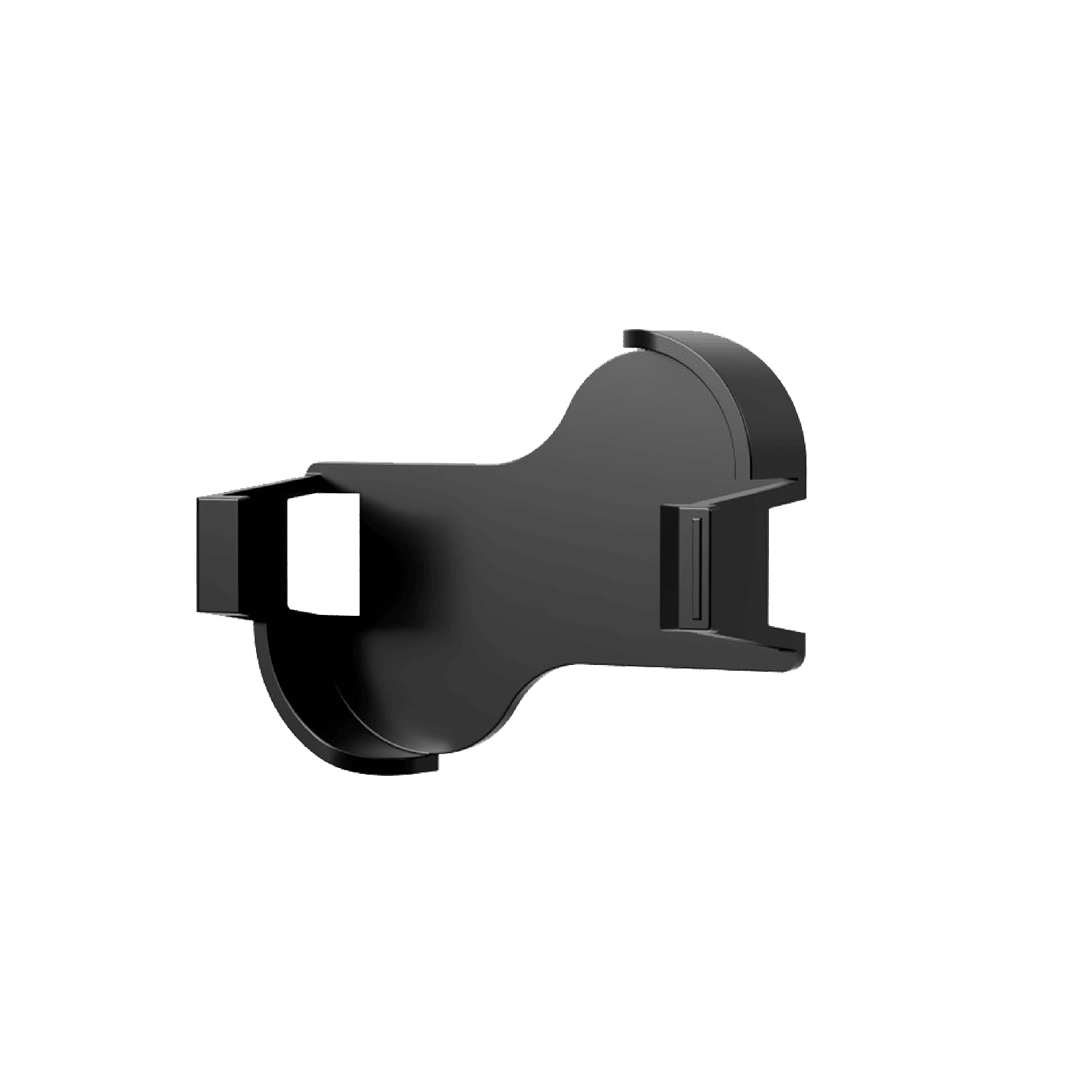The food industry operates under strict regulations and standards to ensure the safety and quality of food products. Temperature monitoring is a critical aspect of food safety, as improper temperature control can lead to bacterial growth, spoilage, and foodborne illnesses.
In this blog, we will explore the compliance standards and regulations related to temperature monitoring in the food industry, highlighting their importance in maintaining food safety and quality.
The Significance of Temperature Monitoring in the Food Industry:
Temperature monitoring plays a crucial role in ensuring food safety and quality in the food industry. Here's why it is important:
Microbial Growth and Foodborne Illnesses:
Proper temperature control is vital to prevent the growth of harmful bacteria in food products. Bacteria thrive in specific temperature ranges, and failure to maintain appropriate temperatures can lead to foodborne illnesses.
Product Quality and Shelf Life:
Temperature monitoring helps maintain the quality and freshness of food products. Temperature abuse can accelerate spoilage and affect the sensory attributes and shelf life of perishable items.
Legal and Reputation Risks:
Non-compliance with temperature monitoring regulations can have legal consequences, including fines, penalties, and even closure of business operations. Additionally, a reputation for poor food safety practices can significantly damage a company's brand image and consumer trust.
Food Safety Modernization Act (FSMA):
The FSMA is a significant regulation aimed at preventing foodborne illnesses and ensuring food safety throughout the supply chain. Here's what you need to know about its temperature monitoring requirements:
Overview of FSMA:
The FSMA shifts the focus from responding to foodborne illness outbreaks to preventing them. It emphasizes risk-based preventive controls, including temperature monitoring, to identify and mitigate potential hazards.
Temperature Monitoring Requirements:
Under the FSMA, food facilities must establish and implement temperature controls to prevent the growth of pathogens and ensure the safety of food products. This includes monitoring temperatures at critical points, establishing corrective actions, and maintaining records of temperature monitoring activities.
Hazard Analysis and Critical Control Points (HACCP):
HACCP is a systematic approach to food safety that identifies and controls hazards throughout the food production process. Here's how it relates to temperature monitoring:
HACCP Principles:
HACCP follows seven principles to manage food safety hazards effectively. Temperature control is a critical factor and often a designated critical control point (CCP) in HACCP plans.
Monitoring and Documentation Requirements:
HACCP requires regular temperature monitoring at CCPs to ensure that temperatures remain within safe limits. It also mandates accurate record-keeping to demonstrate compliance with temperature control measures.
Global Food Safety Initiative (GFSI) Standards:
GFSI sets globally recognized food safety standards, harmonizing requirements across the industry. Temperature monitoring is an integral part of GFSI standards:
Overview of GFSI:
GFSI aims to improve food safety and promote trust between food businesses and consumers. It benchmarks food safety standards and provides guidance for implementing effective food safety management systems.
Temperature Monitoring Requirements:
GFSI standards, such as the BRCGS, SQF, and FSSC 22000, require robust temperature monitoring practices. This includes specifying temperature control limits, monitoring methods, and documentation of temperature monitoring activities.
United States Department of Agriculture (USDA) Guidelines:
The USDA provides guidelines and regulations for various food products. Here's how it relates to temperature monitoring:
USDA Regulations:
The USDA regulates specific food categories, such as meat, poultry, and dairy. These regulations outline temperature requirements and guidelines for safe handling and storage of these products.
Temperature Standards:
The USDA sets temperature standards for different food categories to ensure food safety. Compliance with these standards is essential to prevent bacterial growth and maintain product quality.
Food and Drug Administration (FDA) Guidance:
The FDA provides guidance documents to assist the food industry in meeting regulatory requirements. Here's what you need to know about FDA guidance on temperature monitoring:
FDA Guidance Documents:
The FDA issues guidance documents that provide recommendations and best practices for various aspects of food safety, including temperature monitoring. These documents assist food businesses in implementing effective temperature control measures.
Best Practices:
The FDA's guidance emphasizes the importance of accurate temperature monitoring, proper equipment selection, monitoring intervals, and corrective actions to maintain food safety and quality.
International Organization for Standardization (ISO) Standards:
ISO develops internationally recognized standards to ensure product quality, safety, and efficiency. Temperature monitoring is addressed in ISO standards such as ISO 22000:
ISO 22000:
ISO 22000 is an international standard for food safety management systems. It provides a framework for organizations to implement effective food safety practices, including temperature monitoring.
Temperature Monitoring in ISO 22000:
ISO 22000 specifies requirements and recommendations for temperature monitoring, such as monitoring procedures, control measures, and documentation of temperature records.
Implementing Effective Temperature Monitoring Practices:
To meet compliance standards for temperature monitoring in the food industry, businesses should consider the following practices:
Equipment Selection:
Select reliable and accurate temperature monitoring equipment, such as data loggers and thermometers. Ensure that the equipment is suitable for the specific monitoring needs of the facility.
Calibration and Verification:
Regularly calibrate and verify temperature monitoring equipment to ensure accurate and reliable measurements. Calibration should be traceable to national or international standards.
Monitoring Frequency:
Establish appropriate monitoring intervals based on the specific requirements of the food products and the critical control points in the production and storage processes. Regular monitoring ensures prompt detection of temperature deviations.
Record-Keeping:
Maintain accurate and up-to-date records of temperature monitoring activities. These records should include information such as monitoring dates, times, temperatures, and any corrective actions taken.
Corrective Actions:
Establish procedures for addressing temperature deviations and implementing corrective actions. Promptly investigate and address any temperature excursions to prevent potential food safety risks.
Conclusion:
Temperature monitoring compliance standards are essential for ensuring food safety, quality, and regulatory compliance in the food industry. Regulations such as the FSMA, HACCP, GFSI standards, USDA guidelines, FDA guidance, and ISO standards provide a framework for effective temperature monitoring practices.
By adhering to these standards, businesses can mitigate the risk of foodborne illnesses, maintain product quality, and protect their reputation. Implementing reliable temperature monitoring equipment, regular calibration, appropriate monitoring intervals, accurate record-keeping, and prompt corrective actions are essential for achieving compliance.
As the food industry continues to evolve, staying updated on temperature monitoring standards and continuously improving monitoring practices is crucial for businesses to meet the highest standards of food safety and quality.
